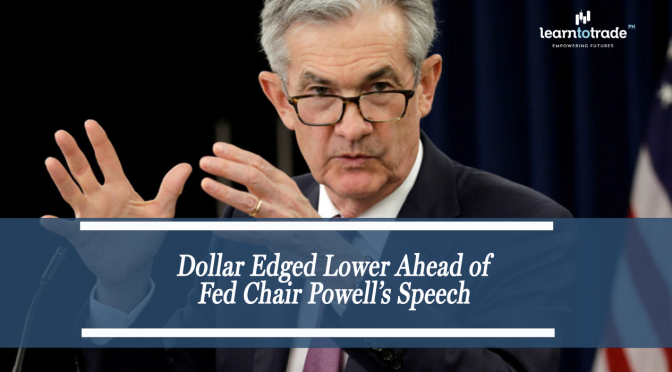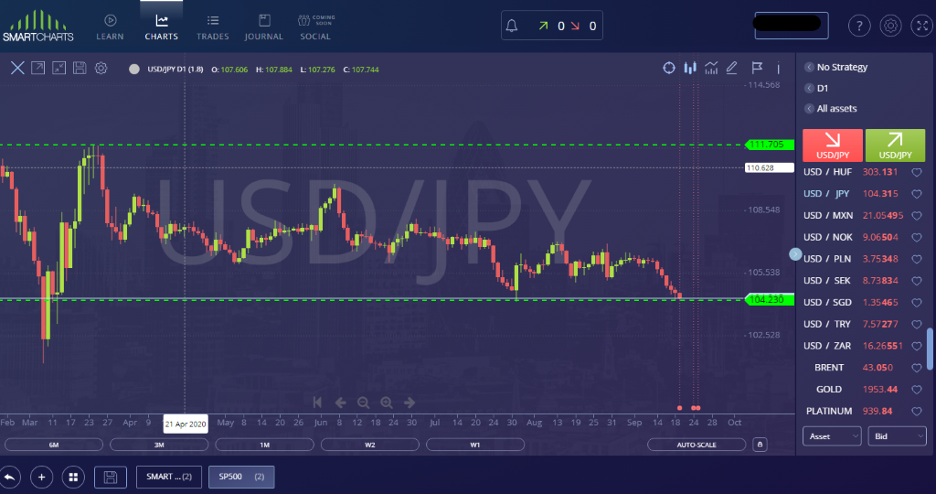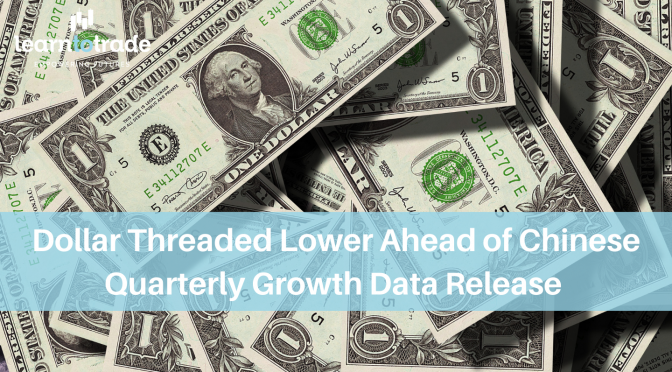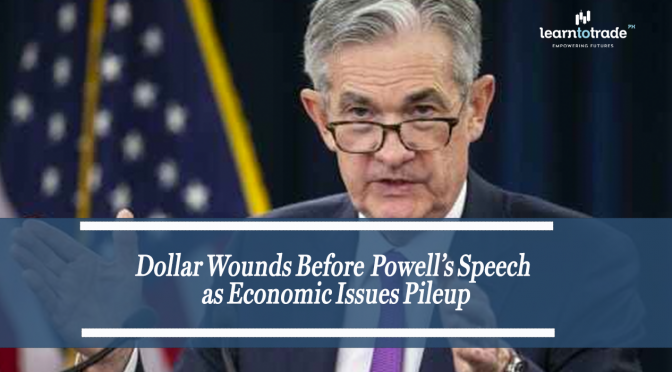-
21September, 2020

On Monday morning in Asia session, the dollar edged lower with the scheduled speech of U.S. Federal officials later in the week.
The U.S. Dollar Index that tracks the dollar against a basket of other currencies edged down 0.16% to 92.870 by 9:55 PM ET (2:55AM GMT).
The USD/CNY pair inched down 0.06% to 6.7633, with the yuan rising more than 1% in September thanks to foreigners buying Chinese bonds. The bonds’ entry into the RWGBI is expected to boost inflows and support the yuan.
On Thursday, FTSE Russell will announce its decision and “people are trying to get in ahead of that,” Commonwealth Bank of Australia currency analyst Joe Capurso told Reuters.
Earlier in the day, The ICBC CSOP FTSE Chinese Government Bond Index ETF started trading on the Singapore Stock Exchange, ahead of the decision. Widely touted as the world’s largest China government bond ETF, it has already raised up to $676 million in seed funding.
Later in the week, Fed Chairman Powell is due to speak before Congressional committees, while Fed Committee members Charles Evans, Raphael Bostic, Lael Brainard, James Bullard, Mary Daly and John Williams are also scheduled to deliver speeches later in the week.
The GBP/USD pair was up 0.26% to 1.2949, although continued uncertainty over Brexit and a spike in COVID-19 cases in Europe capped gains.
The NZD/USD pair edged up 0.15% to 0.67689. The Reserve Bank of New Zealand is scheduled to meet on Wednesday.
The central bank although widely expected to make no policy no changes, its hints at negative rates and adjustments to its large-scale asset purchase (LSAP) bond-buying program could see volatility in the New Zealand dollar.
“We don’t expect any changes on policy, but the tone will be dovish and they may signal an intention to flex the pace of the LSAP more to help flatten the curve, which would take pressure off the NZD,” ANZ analysts say.
TECHNICAL OUTLOOK

In the daily charts of USD/JPY, the pair opened at 104.610 on Monday morning in Asia session.
The USD/JPY pair edged down 0.15% to 104.40, with moves light due to a public holiday in Japan. Investors have turned to the safe-haven asset over recent uncertainty, such as November’s U.S. presidential elections and the ever-increasing number of global COVID-19 cases, with the yen not far from a seven-week high on Friday. Lower U.S. real yields also gave the yen a boost.
“The yen is an attractive currency, I see no reason to sell it,” Pepperstone head of research Chris Weston told Reuters. He also noted that real yields in Japan are positive, which “makes the yen very attractive, especially against the pound and dollar, where real rates are not just negative but in the case of the Fed, they are actively seeking lower rates out.”
The pair has touched the support 104.230. Further confirmation for a downtrend can be expected once the price will break from this support. The upcoming speech of the Fed later in the week seems to scar the dollar and further bagging gains for the Yen. Yen bears are on the upper hand since the past few weeks. We could expect further gains from the Yen this week as investor confidence in the dollar seems to fade.
Don’t forget to follow and subscribe for more updates about market trends, analysis, forex news, strategies and more!
Do you want to learn more about forex trading? Sign up now on our FREE forex webinar and reserve your FREE seats while it still lasts!
Risk Disclaimer:
Information on this page is solely for educational purposes only and is not in any way a recommendation to buy or sell certain assets. You should do your thorough research before investing in any type of asset. Learn to trade does not fully guarantee that this information is free from errors or misstatements. It also does not ensure that the information is completely timely. Investing in the Foreign Exchange Market involves a great deal of risk, resulting in the loss of a portion or your full investment. All risks, losses, and costs associated with investing, including total loss of principal and emotional distress, are your responsibility.









































By bsuper
| No Comments